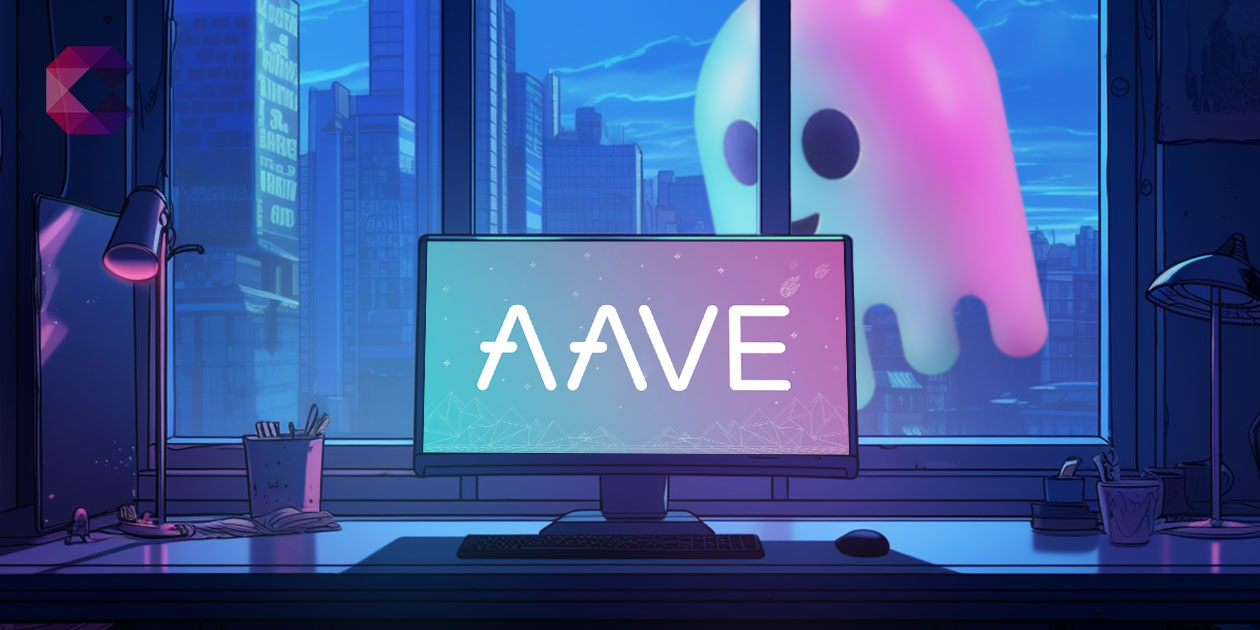Aave, the well-known lending protocol, is about to take a big step. There Aave CAD will vote on the deployment of its stablecoin Gho on Ethereum. Since February, Gho has been available on the Ethereum blockchain’s Goerli testnet, where it has worked without encountering any major bugs.
Aave: Vote on the deployment of the stablecoin GHO on the Ethereum blockchain
Members of Aave’s DAO community will start voting today on the deployment of the stablecoin Gho (GHO), backed by the US dollar, on the Ethereum blockchainaccording to an improvement proposal by Aave.
Aave is a lending and borrowing platform that allows users to earn returns on their pledged tokens. Gho, an algorithmic stablecoin, can be issued by users against a diverse set of crypto assets. GHO holders will continue to earn interest on the collateral provided, as in other lending transactions on Aave.
The proposal aims to introduce GHO through “enablers”, allowing users of version 3 (V3) of Aave to create GHOs using tokens deposited on the platform.
“If approved, the introduction of GHO would make borrowing stablecoins on the Aave protocol more competitive and generate additional revenue for Aave DAO by paying 100% of the interest received on the GHO loans to the DAO treasury“, states the proposal.
How GHO works and benefits
Gho is available on the Goerli testnet of the Ethereum blockchain since February, where it worked without encountering any major bugs. In a governance post in early June, developer Aave Companies proposed the Ethereum V3 Facilitator to enable gho loans against collateral and the FlashMinter Facilitator, a variant of flash loans, or loans issued against zero collateral.
These enablers, which can be protocols or entities, have the ability to generate and burn GHO tokens up to a certain limit, allowing depositors borrow GHOs against their deposited collateral in Aave’s Ethereum V3 main pool.
After launch, Aave will allow users create GHO tokens using their provided collateral. GHO will be backed by a basket of cryptocurrencies chosen at the discretion of users, while borrowers will continue to earn interest on their underlying collaterals.
GHO will work similarly to other stablecoins algorithmicwhich issue exactly $1 worth of tokens when users provide $1 worth of cryptocurrency.
In the case of GHO, a user must provide collateral (at a specific collateral ratio) to be able to create GHO. Similarly, when a user repays a borrowed position (or is liquidated), the GHO protocol burns this user’s GHOsaccording to the proposal.
Sources: Coindesk, Aave
